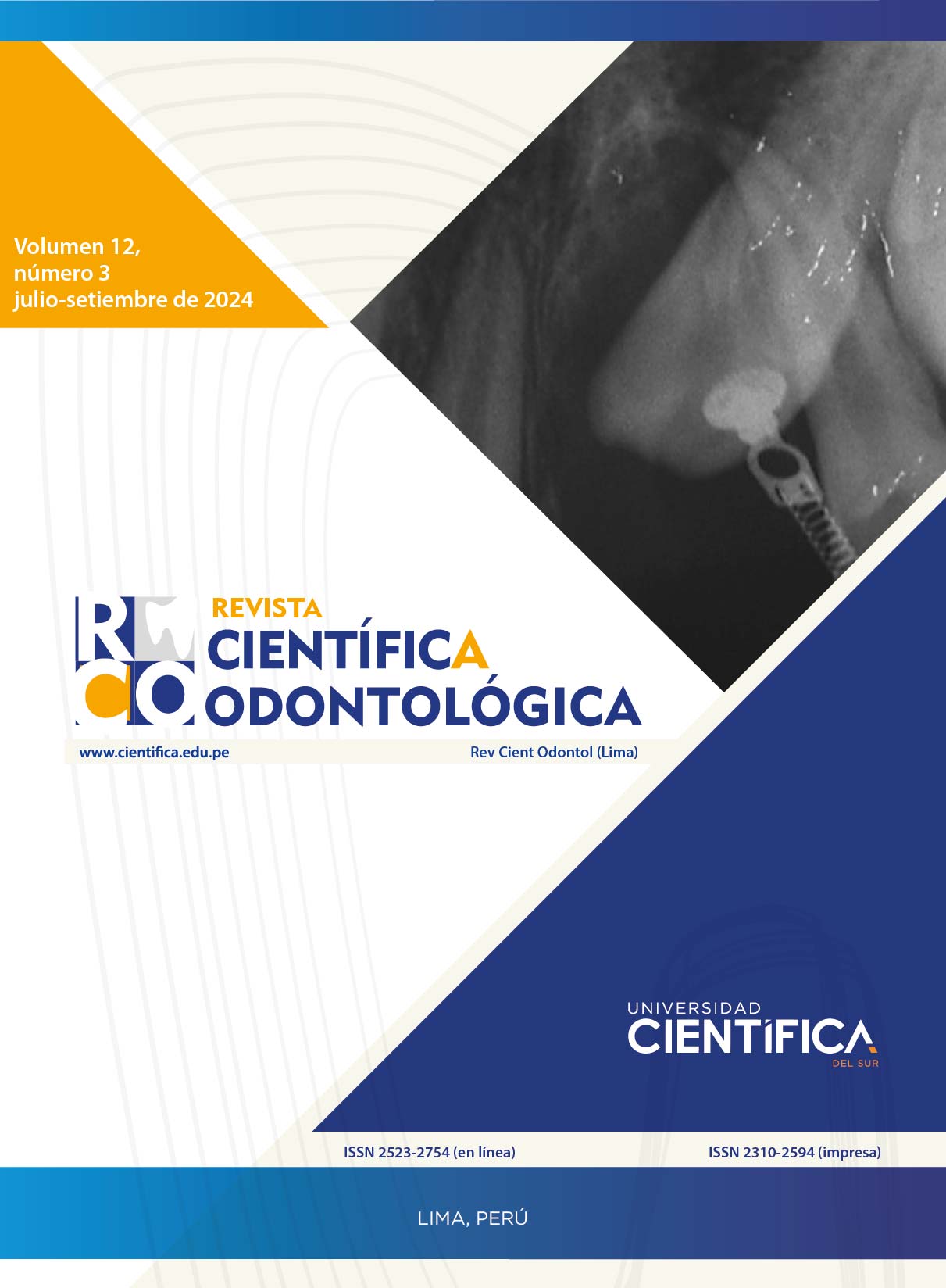Rocabado-Penning skull-cervical posture in orthodontic patients
DOI:
https://doi.org/10.21142/2523-2754-1203-2024-208Keywords:
standing, malocclusion, radiography, dentalAbstract
Introduction: The standing balance of the skull on the spine in its cervical portion is a factor of consideration for the diagnosis of cranio-mandibular disorders and alterations in patients of all ages without distinction, that is, it is essential to conceive an accurate diagnosis in children and adults. However, over time, this element had not been taken into account in the differential diagnosis protocol, despite the fact that biomechanical alterations and dysfunctions in both hard and soft tissues are evidenced in a lateral skull teleradiography, essentially requested to initiate treatment. Objective: To describe the cranio-cervical posture with the Rocabado-Penning analysis, in patients who come for consultation at the Instituto Latinoamericano de Estudios Superiores (ILES). Methodology: The study was a cross-sectional descriptive observational study. The anatomical radiological study was carried out on selected patients from 2012 to 2019 who attended a private institute to undergo orthodontic treatment. Lateral skull radiographs were included where the 7 cervical vertebrae were observed. Results: The sample was made up of 30 patients. 66.7% were female, 96.7% were brachyfacial type, 63.4% had Ricketts skeletal Class I, 63.4% had deep bites, the position of the hyoid bone was low for 63. .4% and the depth of the cervical spine is rectified by 96.7%. No statistically significant relationship was found between skeletal classes and suboccipital distances. Conclusion: In the patients in the sample, class I prevailed, brachyfacial, deep bite, low hyoid bone and rectified cervical spine, the latter could result in pain, tinnitus or other symptoms if not treated in time.
Downloads
Downloads
Published
Issue
Section
License

This work is licensed under a Creative Commons Attribution 4.0 International License.

Este obra está bajo una licencia de Creative Commons Reconocimiento 4.0 Internacional.












